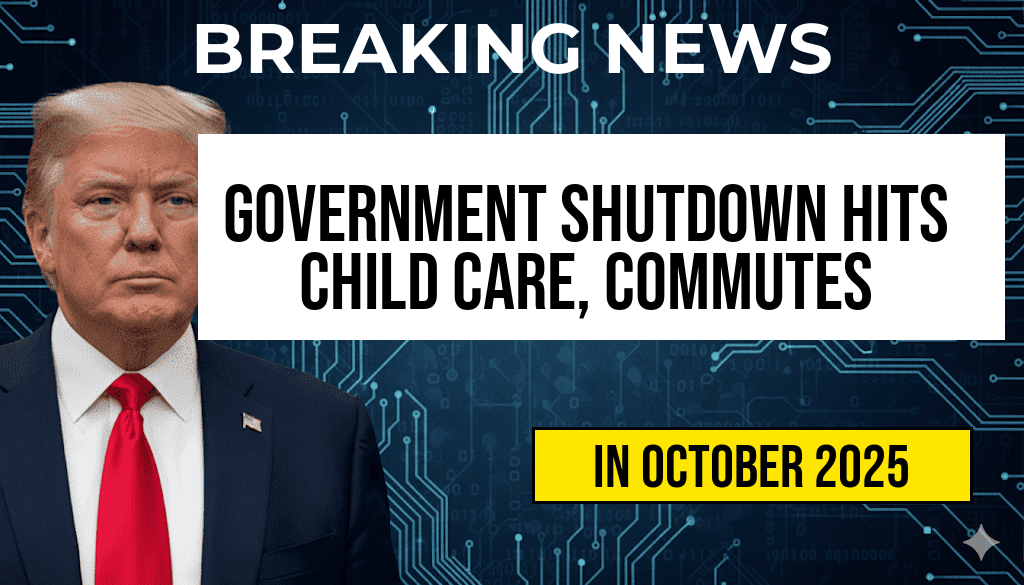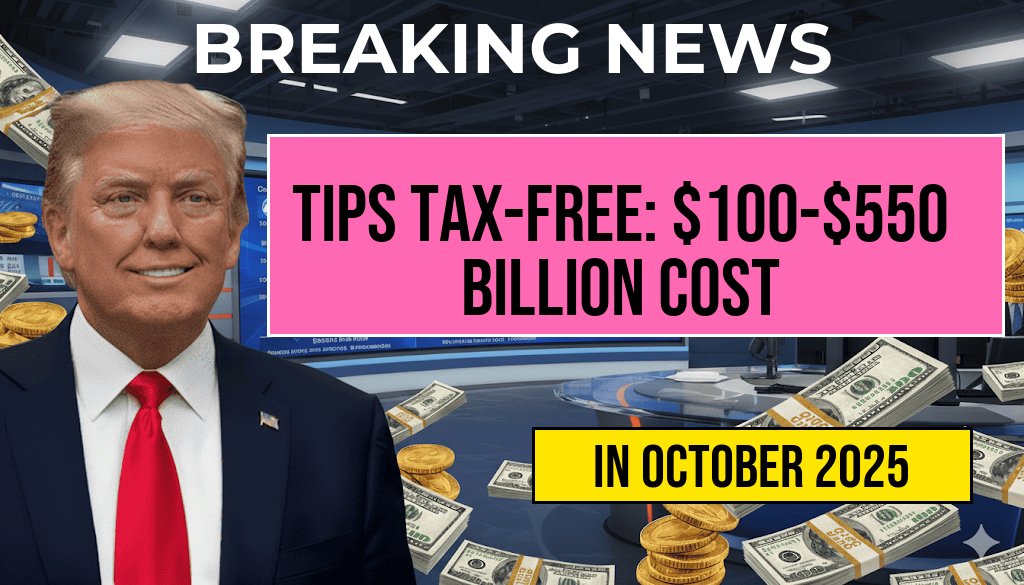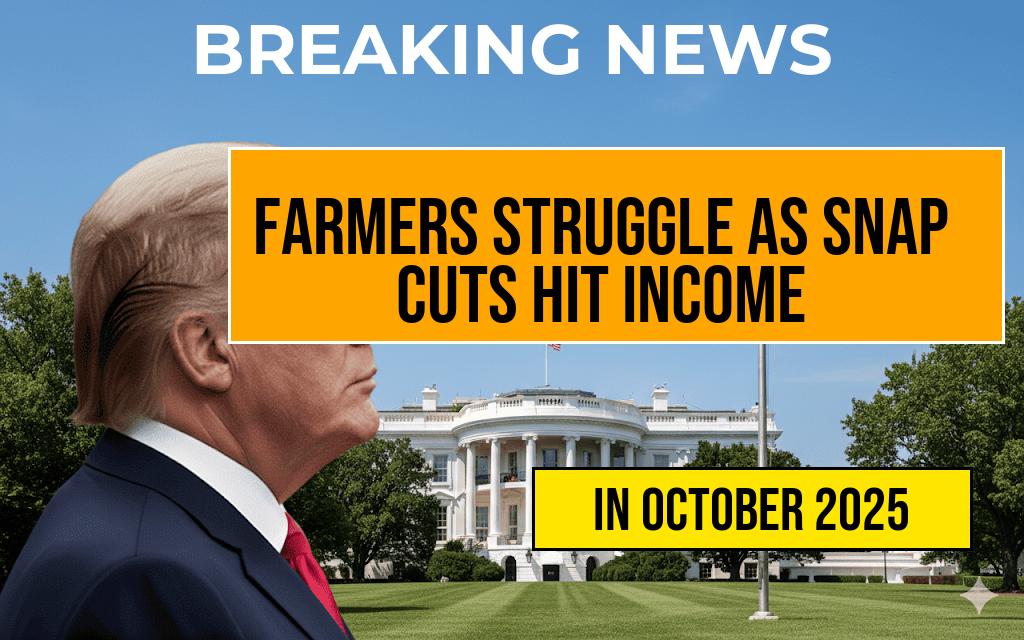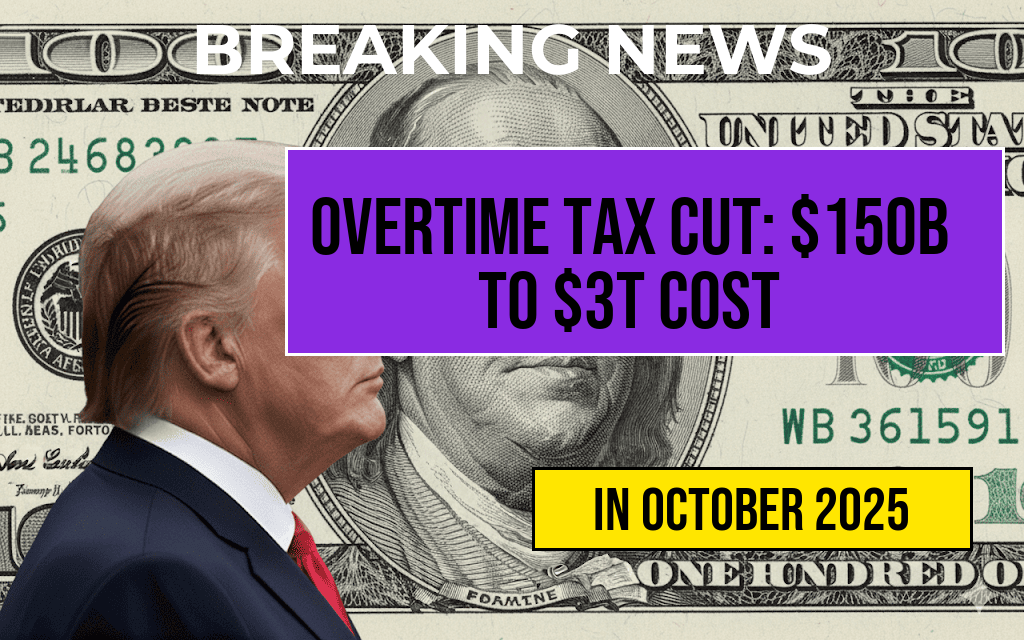The debate surrounding the taxation of tips has resurfaced, with estimates suggesting that making tips tax-free could cost the U.S. government between $100 billion to $550 billion over the next decade. This substantial price tag raises critical questions about the implications for federal revenue, the service industry, and workers who rely on gratuities as a significant part of their income. Advocates argue that eliminating taxes on tips would provide much-needed relief to workers in low-wage sectors, while opponents warn of the potential long-term effects on public funding and economic stability. As Congress considers various reforms, the discussion highlights the complex dynamics of wage structures, taxation, and the evolving landscape of work in America.
Understanding the Proposal
The proposal to make tips tax-free has gained traction among various stakeholders, particularly in the hospitality and service industries. Proponents contend that tips are often underreported and that removing taxes would encourage honest reporting and boost the take-home pay for workers. The National Restaurant Association, representing a significant portion of the industry, has voiced support for the initiative, citing the financial strain many workers face in an economy marked by rising living costs.
Financial Implications
The estimated cost of $100 to $550 billion stems from analyses conducted by economic experts and tax policy advocates. The wide range reflects uncertainty about how such a policy would impact overall tax compliance and government revenue. Some key factors include:
- Current Tax Reporting Practices: Many workers in the service industry underreport their tip income, leading to a discrepancy between actual earnings and reported income.
- Potential Increase in Disposable Income: By eliminating taxes on tips, workers could see a significant increase in their disposable income, potentially stimulating consumer spending.
- Effect on Federal Revenue: The loss of tax revenue could necessitate cuts in public services or alternative tax increases to compensate for the shortfall.
Impact on Workers and Employers
For many employees in the service sector, tips represent a crucial part of their earnings, often making up a substantial portion of their overall income. The elimination of taxes on tips could have several effects:
Benefits to Workers
- Higher Take-Home Pay: Workers would retain more of their earnings, providing greater financial security.
- Increased Job Satisfaction: A tax-free status might encourage workers to report tips more accurately and foster a culture of transparency.
Challenges for Employers
- Administrative Changes: Employers may need to adjust payroll systems and training programs to accommodate new reporting requirements.
- Balancing Wage Structures: Some employers might need to reassess wage structures in light of changes in tip taxation.
Public Opinion and Political Landscape
The discussion around tax-free tips has ignited varying opinions among lawmakers and the public. Supporters argue that the current taxation system disproportionately affects low-income workers, while detractors express concern about the ramifications for public finances. A recent poll conducted by [Forbes](https://www.forbes.com) revealed that a significant majority of Americans believe that tips should remain taxable to ensure that all workers contribute fairly to federal revenue.
Conclusion: The Road Ahead
As the debate unfolds, industry stakeholders, lawmakers, and workers are left to weigh the potential benefits against the financial consequences. The discussion is likely to evolve as new data emerges and public sentiment shifts. With the future of the proposal uncertain, the focus remains on finding a balance that supports workers while ensuring the fiscal health of the nation.
References
- Wikipedia – Tip (gratuity)
- Forbes – Tipping in the U.S.
- National Restaurant Association Educational Foundation
Frequently Asked Questions
What is the main topic of the article?
The article discusses the significant financial impact of making tips tax-free, estimating the cost to be between $100 billion and $550 billion.
Why is the cost of tax-free tips so high?
The high cost is attributed to lost tax revenue for the government, as eliminating taxes on tips would significantly reduce the amount of money collected from income taxes.
Who would benefit from tax-free tips?
Workers in the service industry, such as waitstaff and bartenders, would likely benefit the most, as they rely heavily on tips as a part of their overall income.
What are the potential economic implications of making tips tax-free?
Making tips tax-free could lead to a shift in income distribution and may impact government funding for public services due to decreased tax revenue.
Are there any proposed solutions to mitigate the financial impact?
Some suggestions include implementing alternative tax structures or exploring ways to support service workers without eliminating taxes on tips.











